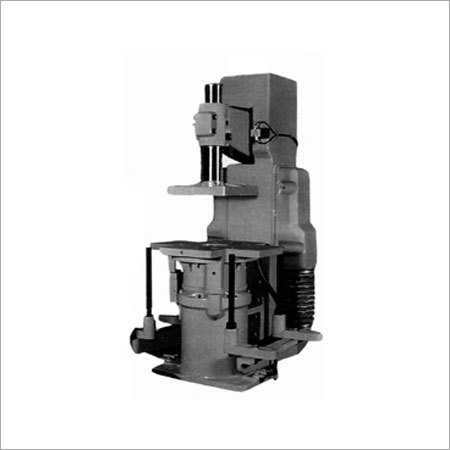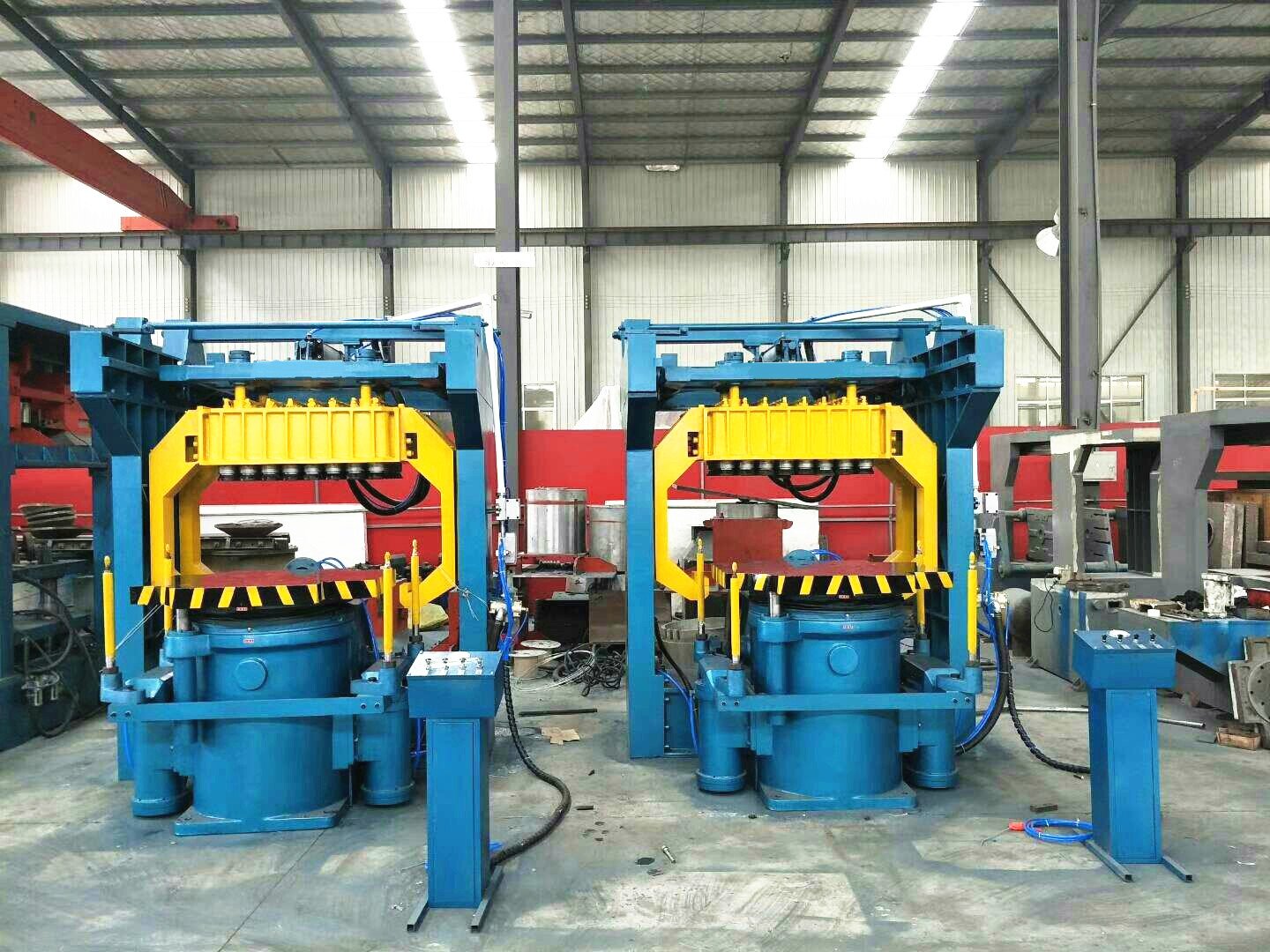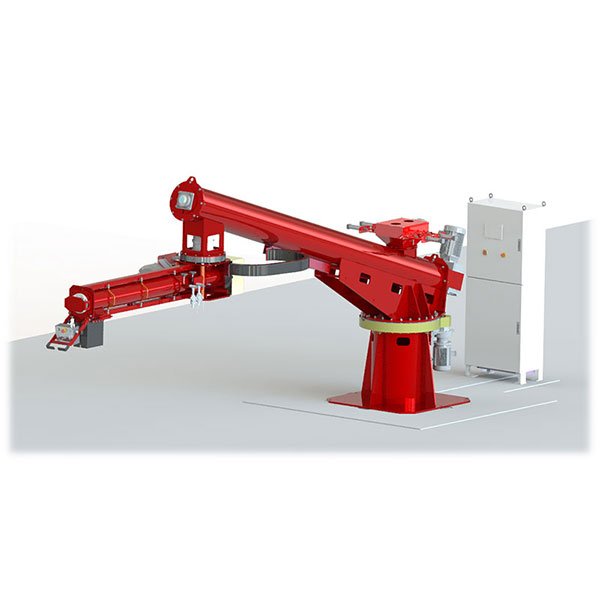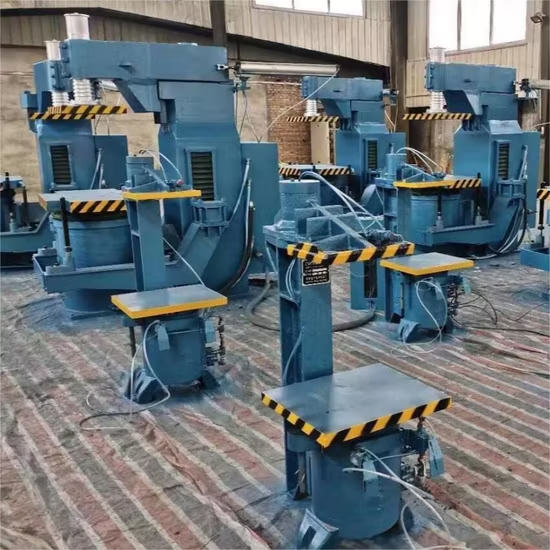
Are you struggling to understand what foundry machines actually do? You're not alone—many manufacturers find the terminology and equipment confusing at first.
A foundry machine is a specialized industrial device used to automate the metal casting process, including mold creation, core making, melting, pouring, and finishing.
Once I understood how foundry machines work, it completely changed how I approached production efficiency and casting consistency in our plant. Let me walk you through the full picture.
Introduction to Foundry Machines
Are foundry machines just for large-scale industrial use, or can smaller operations benefit too?
A foundry machine is equipment used in the metal casting industry to facilitate and automate steps like mold formation, metal melting, and final finishing.
The metal casting industry is complex, and newcomers often get overwhelmed by terminology and machine classifications. I remember my early days in the foundry—it was like learning a new language. But once you break it down, the core principles are surprisingly logical.
Foundry machines remove manual variability and improve repeatability in the casting process. They’re not just for major manufacturers—small and mid-sized shops benefit significantly, especially with semi-automatic systems.
Why Are Foundry Machines Important in Manufacturing?
Without automation, modern casting would be slow, inconsistent, and hazardous. Foundry machines reduce errors, improve throughput, and enhance safety across all stages.
Brief History of Foundry Machines
Before automation, everything was done manually using wooden molds and ladles. The industrial revolution introduced mechanized molding and coke-fueled furnaces. Today’s machines are digital, precise, and even integrated into smart factory environments.
How Do Foundry Machines Work?
Are you wondering how molten metal turns into a finished component with just a few machines?
The foundry machine process includes mold making, melting, pouring, cooling, and cleaning—all guided by automation for consistent results.

At the heart of any casting facility lies a sequence of carefully coordinated steps:
| Step | Description | Machine Involved |
|---|---|---|
| Melting | Metal is melted in furnaces | Induction or Cupola Furnace |
| Molding | Creating cavity molds from sand or metal | Molding Machine |
| Pouring | Liquid metal poured into the mold | Pouring System or Robot Arm |
| Cooling | Casting solidifies inside the mold | Mold Cooling Zone |
| Finishing | Cleaning and shaping the final casting | Shot Blaster or Grinder |
Modern foundries use programmable systems to control timing, temperatures, and movement—ensuring everything runs smoothly and safely. Each machine has a defined role that fits into this chain, making the entire process more predictable and scalable.
Types of Foundry Machines
Is there one machine that does it all? Unfortunately, no—each part of casting requires a dedicated unit.
Types of foundry machines include molding machines, core makers, melting furnaces, pouring systems, shakeout machines, and robotic automation systems.
| Type of Machine | Function | Examples / Key Features |
|---|---|---|
| Molding Machines | Form sand or shell molds for shaping metal castings | Jolt-squeeze, high-pressure molding machines |
| Core Making Machines | Create internal cavities using sand cores | Cold box, hot box core shooters |
| Melting Furnaces | Heat metal to melting point before pouring | Induction furnaces for control, cupola for volume |
| Pouring & Casting Machines | Automatically pour molten metal into molds | Robotic arms, ladle pouring systems |
| Shakeout & Cleaning Machines | Remove sand from cooled castings and clean surface defects | Shakeout drums, shot blasting machines |
| Robotic Automation | Perform pouring, cleaning, and inspection with minimal human contact | Vision systems, robotic arms, integrated quality control |
This table summarizes the major types of foundry machinery and how each contributes to the complete casting process. In practical applications, integrating multiple machines into a synchronized system leads to consistent quality and higher productivity.
Foundry Machine Components
What exactly goes into a foundry machine, and how do these parts work together?
Foundry machine parts include mechanical frames, hydraulic or pneumatic actuators, sensors, and safety systems.
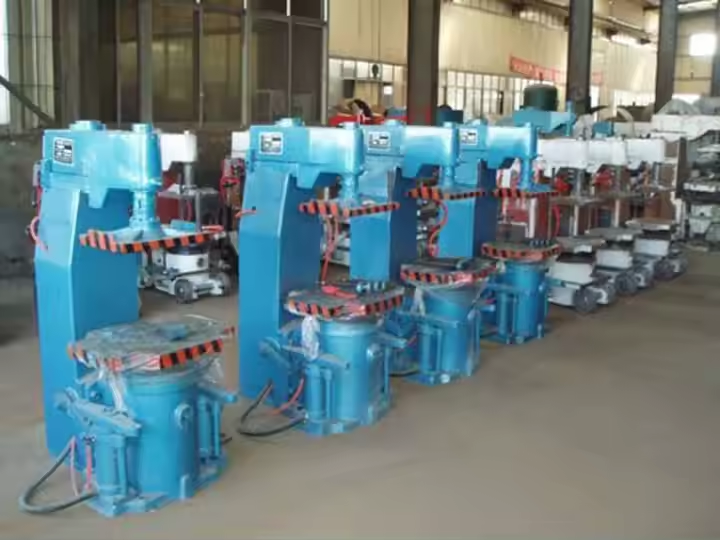
Each machine is a system composed of key subsystems:
| Component Type | Description |
|---|---|
| Structural Frame | Cast iron or steel structure to bear loads and vibrations |
| Control Units | PLCs, HMIs, and automation software |
| Sensors | Temperature, pressure, level, and motion sensors |
| Actuators | Hydraulic or pneumatic cylinders, servo motors |
| Safety Mechanisms | Light curtains, emergency stops, interlocks |
| Environmental Controls | Dust collectors, fume extractors, sound dampeners |
Preventive maintenance, component alignment, and part quality directly affect machine reliability and output. A minor sensor misalignment can lead to production delays—this is why technical precision matters.
Applications of Foundry Machines
Are foundry machines only used for car parts? Not even close.
Foundry machine uses span across automotive, aerospace, construction, and consumer goods industries.
| Industry | Typical Cast Products |
|---|---|
| Automotive | Cylinder heads, engine blocks, brake discs |
| Aerospace & Defense | Turbine blades, structural components, brackets |
| Construction | Manhole covers, bridge components, rebar connectors |
| Consumer Goods | Machinery housings, pump parts, kitchen appliance parts |
Their versatility lies in the ability to handle a variety of materials and production volumes—whether producing high-strength aerospace alloys or mass-market automotive parts.
Advantages of Using Foundry Machines
Why switch to foundry machines if manual casting still works?
Foundry machines improve efficiency, precision, safety, and sustainability in the casting process.

| Advantage | Benefit |
|---|---|
| Precision | Repeatable, accurate results with minimal defects |
| Productivity | Faster cycles and higher output per hour |
| Worker Safety | Reduces exposure to heat and manual lifting |
| Environmental Impact | Controlled emissions, material recycling |
| Quality Control | Integrated inspection systems detect issues early |
Upgrading to automated systems not only reduces unit cost over time but also strengthens product quality consistency and traceability.
Common Materials Used in Foundry Machines
Does the machine material matter? Absolutely.
Common materials include cast iron, stainless steel, aluminum, and bronze—chosen based on strength, wear resistance, and thermal behavior.
| Material | Common Usage Areas |
|---|---|
| Cast Iron | Machine frames, base plates |
| Stainless Steel | Fluid-contact surfaces, high-corrosion zones |
| Aluminum | Lightweight covers and panels |
| Bronze | Bearings, guide rails, and wear-resistant components |
Matching the right material to machine function reduces downtime and prolongs service life. The wrong choice here can mean costly breakdowns and replacements.
Foundry Machines vs. Manual Casting
Is automation always better than traditional craftsmanship?
Compared to manual methods, foundry machines offer speed, consistency, and lower labor costs—but some manual techniques still have niche advantages.

| Feature | Foundry Machines | Manual Casting |
|---|---|---|
| Speed | High-speed production | Slow and labor-intensive |
| Accuracy | Excellent repeatability | Operator-dependent |
| Cost Over Time | High upfront, low operating cost | Low initial, higher long-term cost |
| Flexibility | Limited to design specs | High flexibility for custom pieces |
| Labor | Requires training but less manpower | More skilled labor required |
Manual casting still holds value for low-volume, artistic, or repair jobs. But for mass production, automation is the clear choice.
Beginner Tips for Working with Foundry Machines
New to foundry machinery? Here’s what I wish I knew earlier.
Follow safety rules, perform regular maintenance, and take advantage of training resources to operate foundry machines effectively.
- Always Wear PPE: Helmets, gloves, and face shields are non-negotiable.
- Routine Checks: Inspect hydraulic lines, sensors, and control panels weekly.
- Training Is Key: Leverage vendor training and shadow experienced technicians.
- Documentation Matters: Keep logs of maintenance, issues, and resolutions.
- Start Small, Scale Smart: Learn with semi-automatic machines before upgrading.
A disciplined approach ensures not only safety but also optimal machine uptime and product consistency.
FAQs About Foundry Machines
What is the lifespan of a foundry machine?
With proper care, 10–20 years. High-wear parts may need replacement every few years.
How much do foundry machines cost?
Entry-level units start at $10,000. Fully automated lines can exceed $1 million.
Are foundry machines eco-friendly?
Modern systems use energy-efficient motors, emissions controls, and material recycling loops.
Conclusion
Foundry machines are the backbone of modern casting, enabling consistent, high-quality production in industries around the world.
Knowing how these machines work and how to select them wisely empowers better decisions in manufacturing planning and investment.


